Thinking Like a Scientist: Thinking Maps for STEM
APRIL 15, 2024
Science, technology, engineering and math (STEM) education (or STEAM education, with the addition of the Arts) is increasingly important in a rapidly changing, technology-driven world. While every student will not grow up to become a scientist, all students need to have basic scientific and technical literacy in order to be informed citizens and active participants in the global economy. Scientific thinking empowers students to ask good questions about the world around them, become flexible and adaptable problem solvers, and engage in effective decision making in a variety of domains. Thinking Maps can help teachers nurture a scientific mindset in students and support mastery of important STEM skills and content.
What Does It Mean to Think Like a Scientist?
Science is much more than a set of facts in a textbook. It is a way of observing the world around us, asking questions, and systematically investigating the answers. A scientific mindset is about embracing a way of thinking and approaching problems that is curious, methodical, and evidence-based.
The Next-Generation Science Standards* (NGSS) provide a comprehensive framework for STEM education that includes not only discipline-specific facts and cross-cutting concepts, but also science and engineering practices. These are key practices that scientists and engineers use to investigate the world and design solutions to problems. These practices are not just about doing science; they're about thinking and acting like scientists and engineers. They include:
- Asking questions (for science) and defining problems (for engineering)
- Developing and using models
- Planning and carrying out investigations
- Analyzing and interpreting data
- Using mathematics and computational thinking
- Constructing explanations (for science) and designing solutions (for engineering)
- Engaging in arguments from evidence
- Obtaining, evaluating, and communicating information
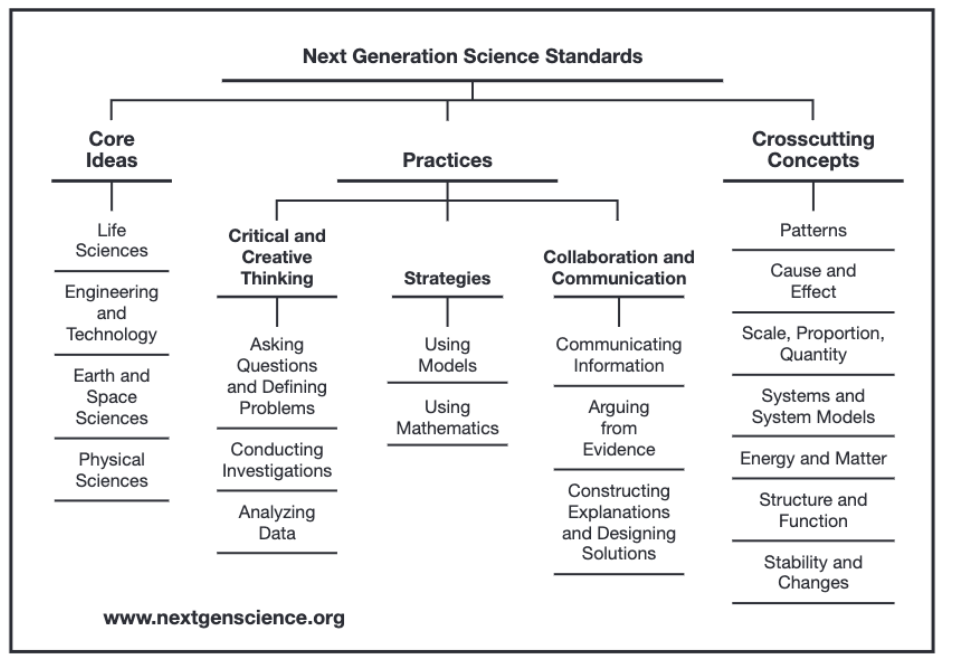
Mastering these key skills and practices requires critical and creative thinking and a structured approach to analyzing, interpreting and presenting data. These are precisely the skills and mindsets that Thinking Maps nurtures.
Thinking Maps for STEM Education
Thinking Maps are a set of visual tools for organizing, interpreting and presenting complex information. While they are used across all grade levels and content areas, this approach is particularly well-suited to scientific thinking and problem solving and “design thinking” for engineering. Using the Maps consistently helps students develop and activate the cognitive skills that underlie the NGSS science and engineering practices. Thinking Maps also provide a clear structure and framework for learning STEM concepts, conducting student-directed experiments, and solving engineering problems within a project-based learning (PBL) environment. Here are a few examples of how Thinking Maps can be used for STEM.
Asking Questions and Defining Problems
Asking questions is at the heart of science, leading to exploration and discovery. In engineering, defining problems is the first step in developing solutions. This practice encourages curiosity and sets the stage for inquiry and problem-solving. Thinking Maps helps students ask better questions and define problems clearly, setting the stage for productive inquiry and problem solving.
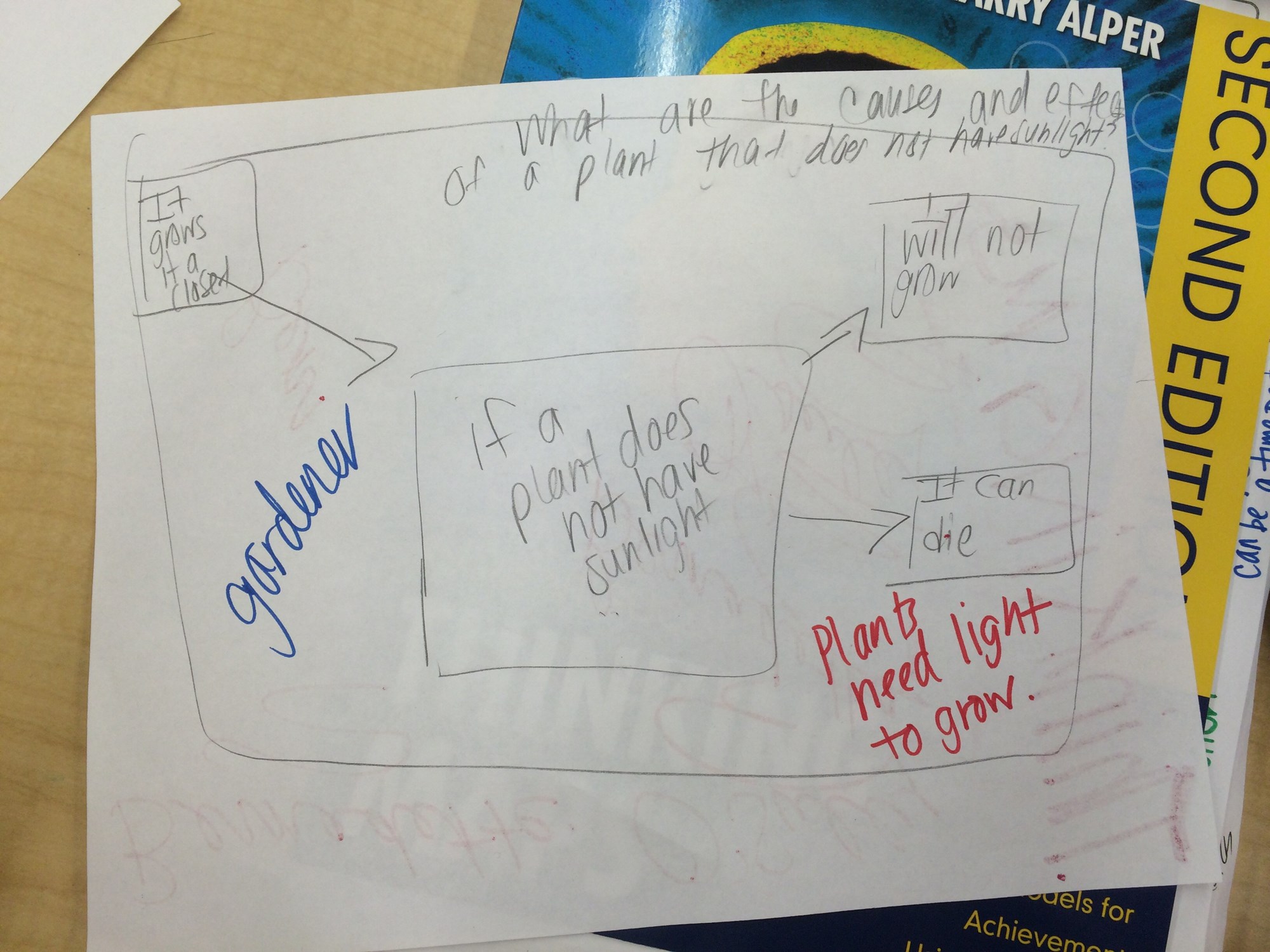
Developing and Using Models
Models are simplified representations of systems, used both for understanding how systems work and for predicting outcomes of changes within those systems. This practice involves creating, refining, and using physical, conceptual, and mathematical models. Thinking Maps act as visual models of concepts, processes, systems, or real-world objects or events. Unlike graphic organizers, students learn to create Thinking Maps from scratch, choosing the best representation of the concept or system they are modeling from among the eight types of Thinking Maps. This fosters their capacity for developing and using models.
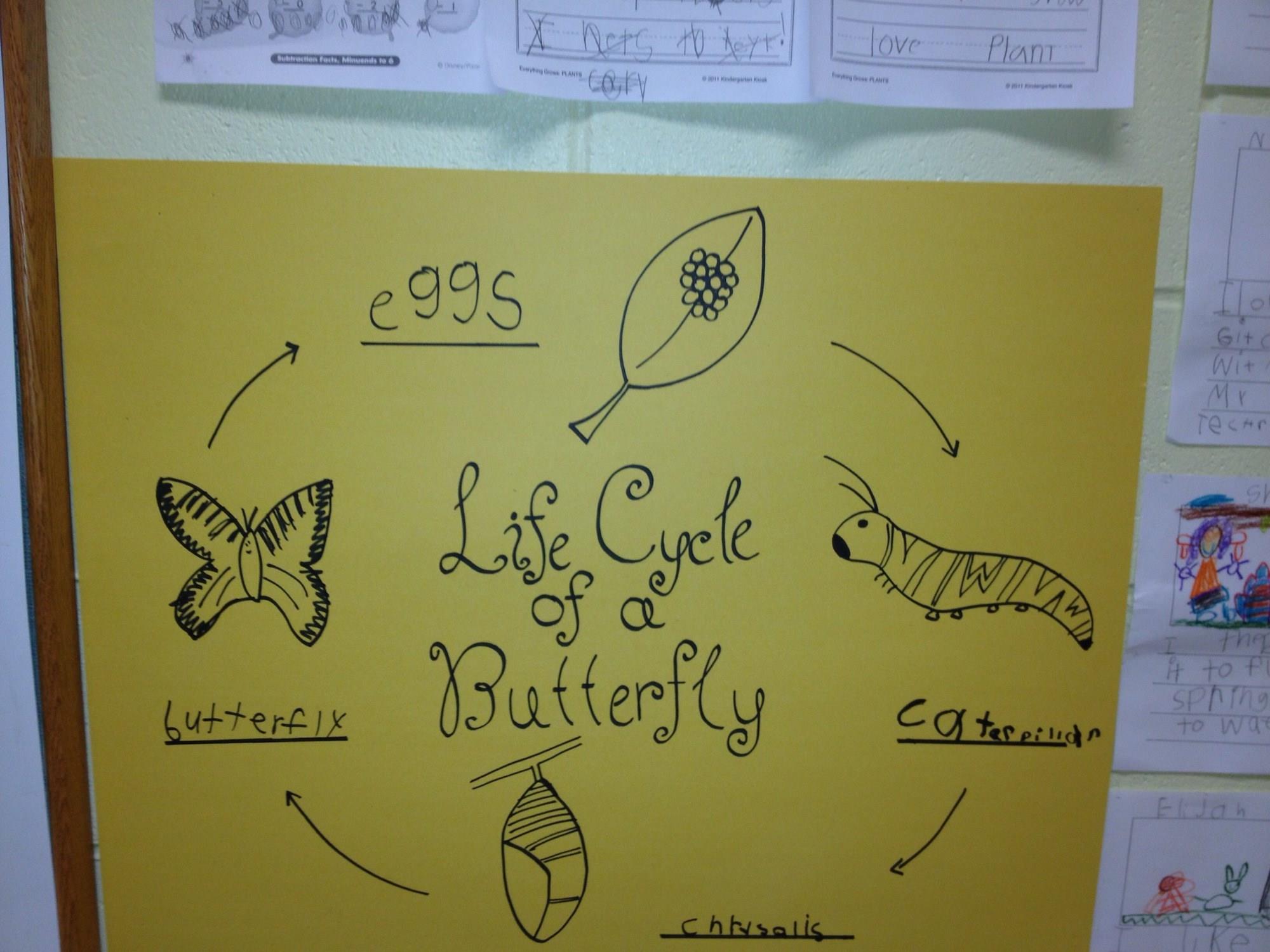
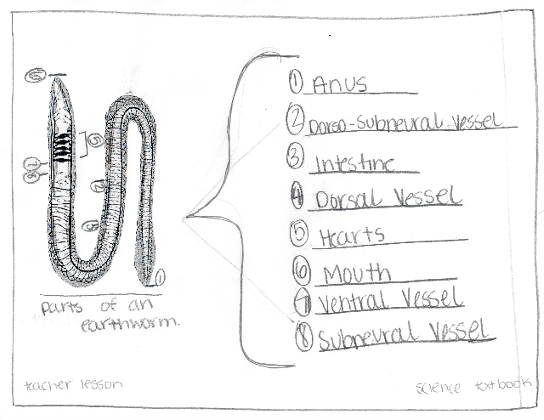
Planning and Carrying Out Investigations
This involves designing and conducting scientific investigations in a rigorous and fair manner to test hypotheses or theories. It includes defining variables, collecting data, and controlling conditions to obtain reliable and accurate data. Thinking Maps provide a framework for planning investigations, enabling students to sequence steps, identify variables, and organize data in a visual format, which promotes a thorough and methodical approach to scientific inquiry.
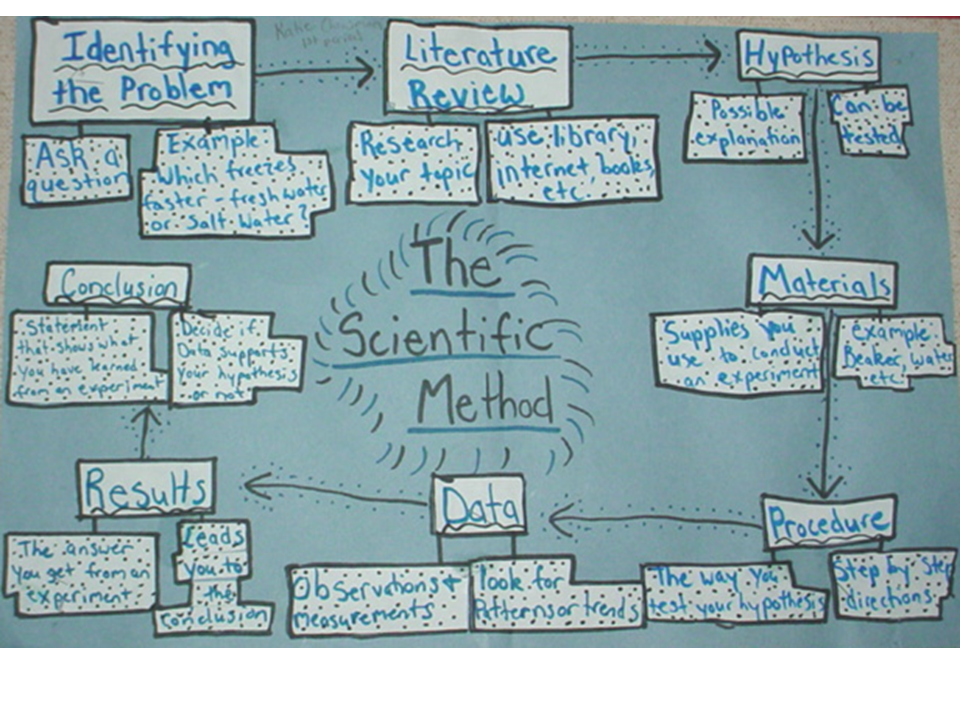
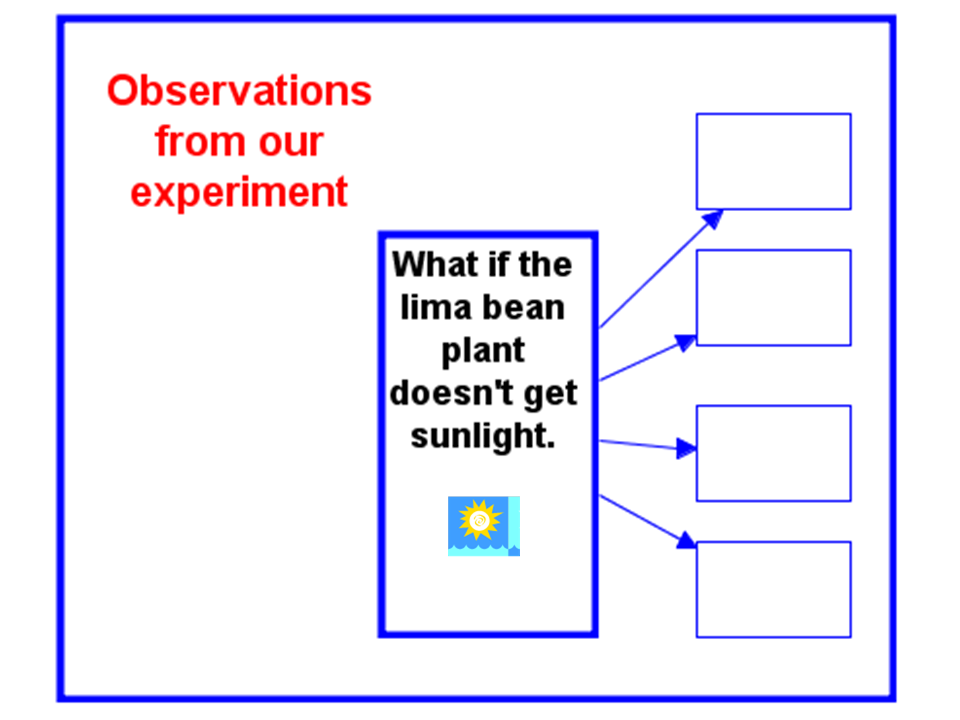
Analyzing and Interpreting Data
Data analysis is crucial for understanding the results of investigations. This practice includes using statistical techniques to analyze data, recognizing patterns or trends, and interpreting data within the context of a theoretical framework. By organizing data visually using Thinking Maps, students can more easily identify patterns and relationships, enhancing their ability to analyze and interpret data within a broader scientific context.
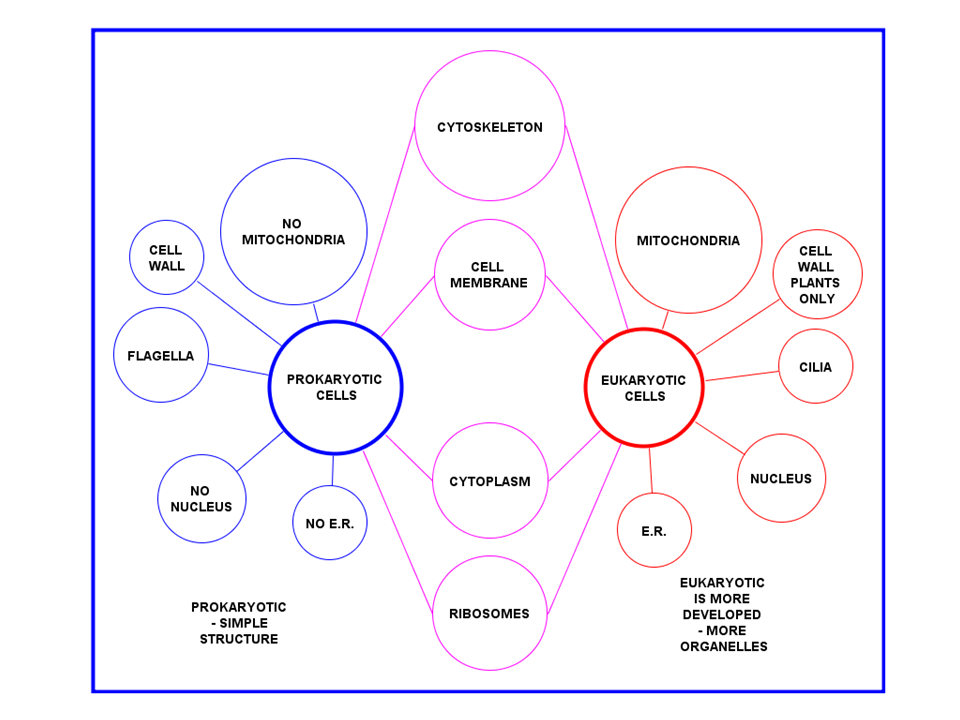
Using Mathematics and Computational Thinking
Mathematics and computation are essential tools for representing variables, modeling phenomena, and analyzing data. This practice involves applying mathematical concepts, computational techniques, and algorithms to solve scientific problems and predict outcomes.
Thinking Maps support the application of mathematical and computational thinking by offering structured ways to visually organize and process quantitative information and define mathematical processes, facilitating problem-solving and prediction making.

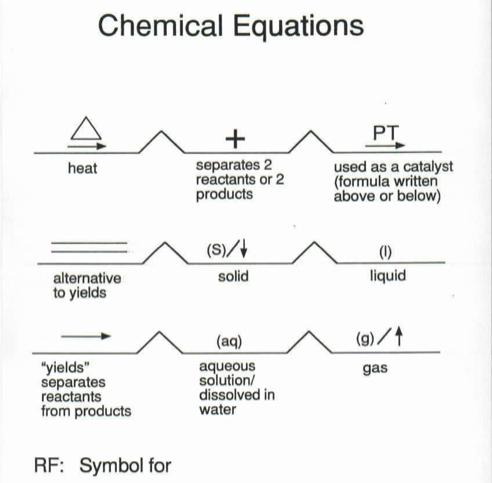
Constructing Explanations and Designing Solutions
In science, constructing explanations involves developing theoretical models that account for empirical evidence. In engineering, designing solutions involves developing technologies or processes that solve specific problems, meet identified needs, or achieve desired outcomes. Thinking Maps provide a structure for students to present hypotheses, evidence and explanations. They can also be used to map out the design process or explain working principles of an engineering solution.

Engaging in Argument from Evidence
Scientific knowledge advances through discourse and debate. This practice involves evaluating and interpreting evidence, constructing and defending arguments based on this evidence, and critiquing the reasoning of others. Thinking Maps develop the higher-order thinking skills students need to engage in critical analysis and develop their own arguments and conclusions.
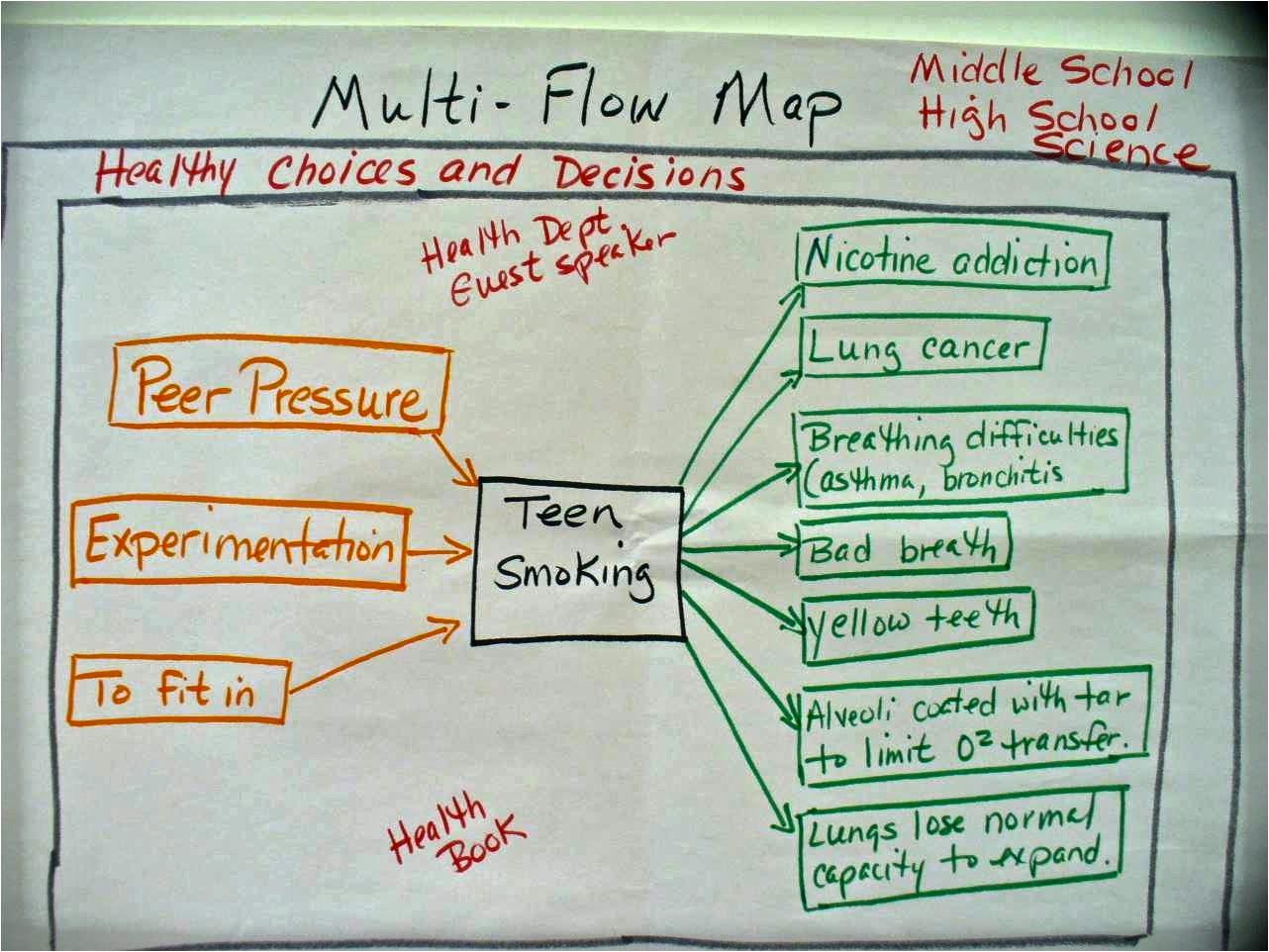
Obtaining, Evaluating, and Communicating Information
Scientists and engineers must be able to communicate their ideas and findings clearly and persuasively. This practice includes reading scientific literature, synthesizing information, and presenting information in various formats to different audiences. Thinking Maps provide a structure for organizing and synthesizing information in textbooks, videos, documents or scientific literature, enabling higher levels of comprehension. Students also learn to write and speak off the Maps to communicate their ideas and develop their own final products.
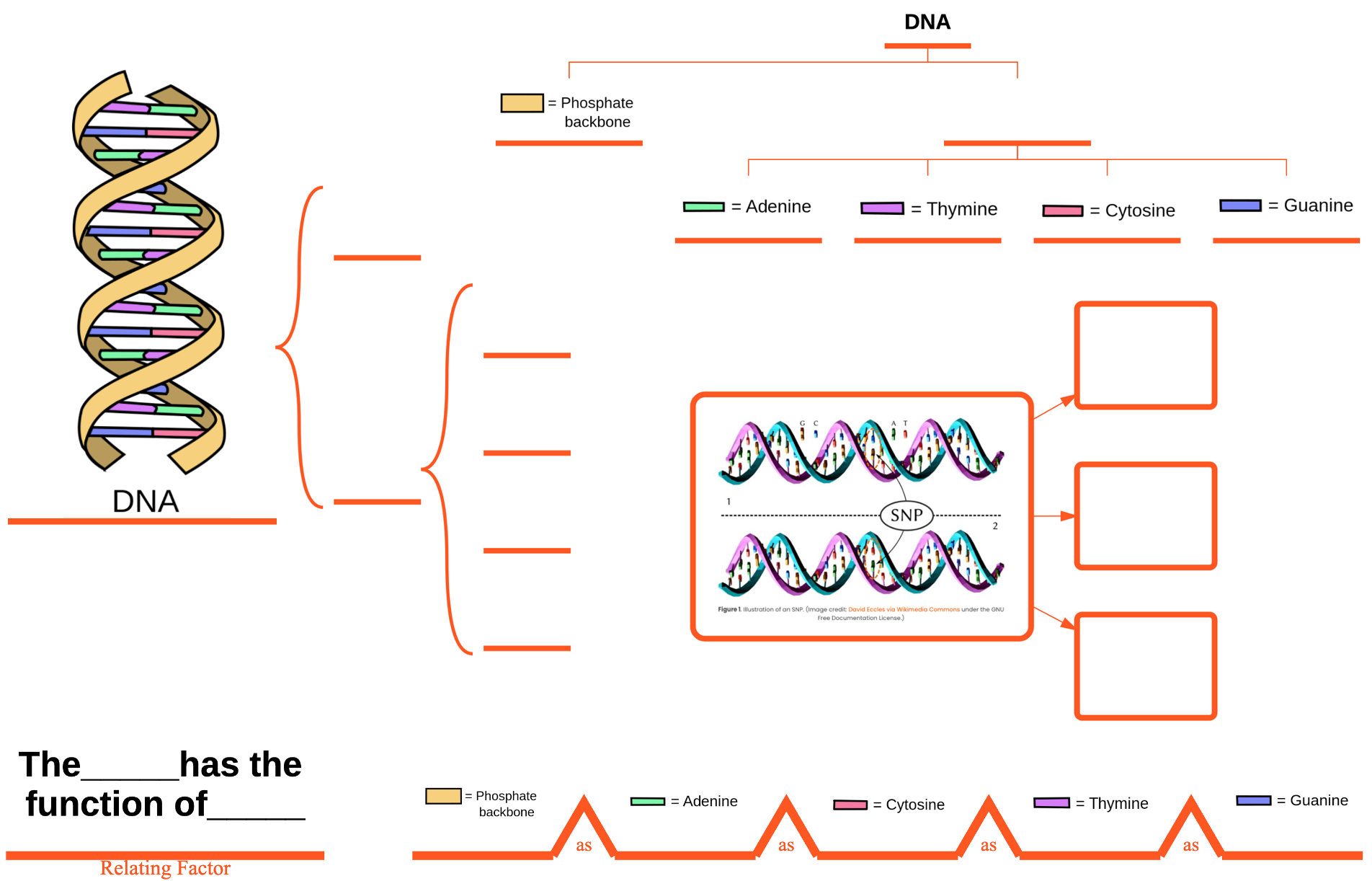
Want to learn more about Thinking Maps and STEM?
*“Next Generation Science Standards” is a registered trademark of WestEd. Neither WestEd nor the lead states and partners that developed the Next Generation Science Standards were involved in the production of this product, and do not endorse it.
Continue Reading
May 1, 2025
Artificial Intelligence (AI) is transforming education, from custom content in a minute to personalized learning. But with this surge in AI adoption comes a critical challenge for educators and students alike—the need to strengthen critical thinking skills. While AI offers immense potential, it cannot replace the human ability to think analytically, question assumptions, and make independent judgments.
March 19, 2025
When we align instruction with the way the brain prefers to receive information, we can reduce the “cognitive load” of learning and help students maximize understanding, retention and recall. These six brain-based strategies can help educators improve learning outcomes and make learning more fun and efficient.
January 15, 2025
Rather than simply memorizing facts, students with strong critical thinking skills learn how to connect ideas, identify patterns, and make informed decisions—key abilities in a rapidly changing world. These higher-order thinking skills at the core of critical thinking push students beyond rote learning to actively engage with content. In fact, closing the critical thinking gap is one of the most effective ways to accelerate learning for students who are struggling to learn grade-level content.
November 15, 2024
Critical thinking is a cornerstone of success in all aspects of life—not only in academics and on the job, but also in personal decision-making, relationships, and citizenship. And yet, critical thinking skills are rarely explicitly taught. Student-directed activities grounded in real-world problems and applications can help students develop the critical thinking skills they need for everyday life.